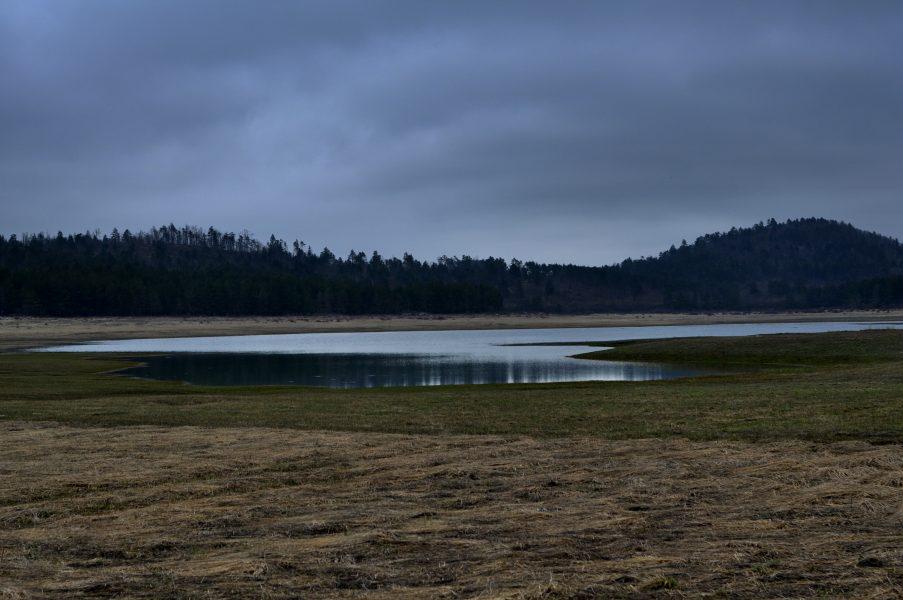
After periods of heavy rain, usually in the spring and in the fall, water fills the 17 intermittent Pivka Lakes, which lie like a string of pearls in a line approximately 15 kilometers long. But after longer periods of dry weather, the lakes vanish, and what were once lakebeds become the perfect habitat for flowers and other plants. Each lake is unique; one of them is filled with water for as much as six months a year, while others dry up soon after the rains stop.
The lakes’ appearance and disappearance depend on the Karstic processes deep underground, and can change from day to day, but the results are always spectacular. The area is not just a haven for a wide variety of plants; it also allows animal life to thrive. More than 100 species of birds and butterflies, as well as some 200 species of beetles, are known to live near the Pivka Lakes. Even lynx, wolves, and bears can sometimes be spotted nearby. Because of the area’s biotic diversity, the entire area has been protected as a Landscape Park and is now a part of the pan-European Natura 2000 project.
The new legislation has stopped industrial pollution from a nearby natural gas plant from entering the lakes, but the effect of global warming may be becoming apparent even here. According to locals, the amount of land covered by water has been noticeably decreasing over the years.
A recently opened museum near the lakes helps visitors to understand the mysterious changes that give rise to such a bounty of life, but a walk through the nature reserve remains the most intimate way to explore the magic of this remote part of Slovenia.

































































